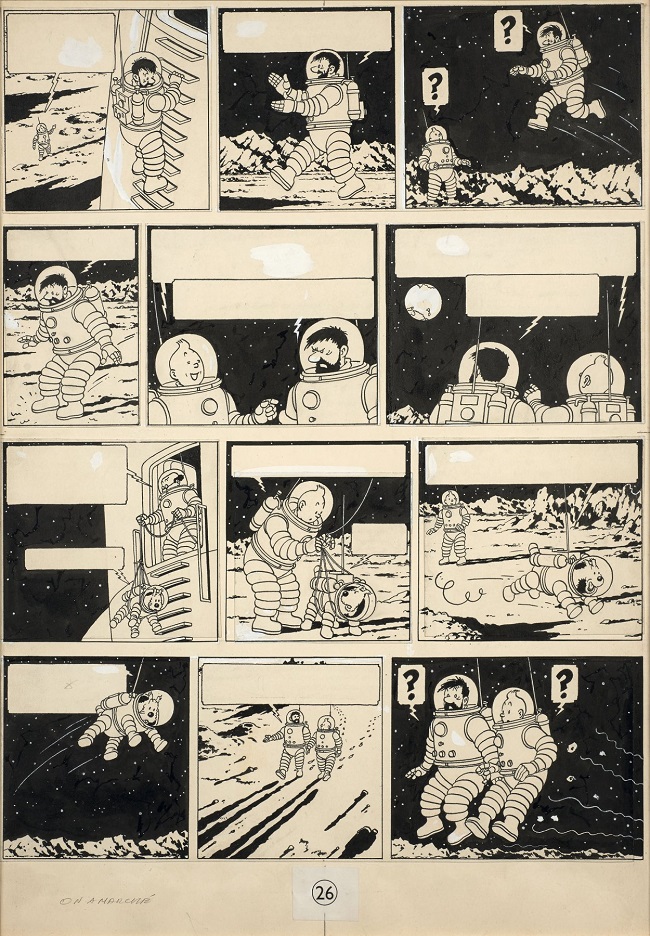By Paul Ben-Itzak
Text copyright 2016 Paul Ben-Itzak
To the memory of Jill Johnston, my Chantal Akerman. And for Ingrid, her widow, in profound appreciation. And for Chris, roommate sublime. And for Ben, collaborator, friend, and twin. And for Mark Dendy, idol and vector. And for P., friend and counselor. And for Amandine and spouse, voisines parisiennes des jours du 49 rue de Paradis.
I wasn’t going to take this brazenly political approach to writing about the exhibition Chantal Akerman: “Maniac Shadows,” which opened last Saturday at the Ferme du Buisson outside Paris, where it continues through February 19, because much as viewing art in a political and social context has almost existential importance to me as a journalist and citizen — and is, I feel, an honorable way to promote art’s societal relevance and thus potentially garner it a larger audience — I’m hyper-aware that it’s also unfair to impose my worldview, or angle and prism for viewing the world, on the subject I’m writing about. What should prime is capturing, as best I can, his or her expression as he or she intended it. It also didn’t seem fair to enlist Akerman, ipso facto and post-mortem, in a cause some might perceive as narrowly and exclusively centered on the rights of gay people, given that (as far as I can observe — and I might be wrong, because I certainly haven’t seen everything) her work doesn’t seem to focus particularly on the facet of her identity related to her sexual orientation; like all complete artists worth the designation, she’s neither defined nor limited by her own particular identities. (Even though obviously they inform her work, particularly Akerman’s Jewish background, which includes being the child of a Holocaust survivor, a frequent source of inspiration. But so is having lived in Brussels, Paris, and New York….And Godard’s “Pierrot le fou.”) And as a foreigner in these brittle times, I’m not particularly comfortable commenting on local politics, a subject which might justly be seen as none of my onions and a pursuit which thus might seem ungracious.
To access the full version of the article, including more images, subscribers please e-mail paulbenitzak@gmail.com . Not a subscriber? 1-year subscriptions are just $39.99, or $19.99 for students and unemployed or under-employed artists. Just designate your PayPal payment in that amount to paulbenitzak@gmail.com , or write us at that address for information on how to pay by check or in Euros or British pounds.


